Ponds accumulate organic matter in their sediments and sequester carbon
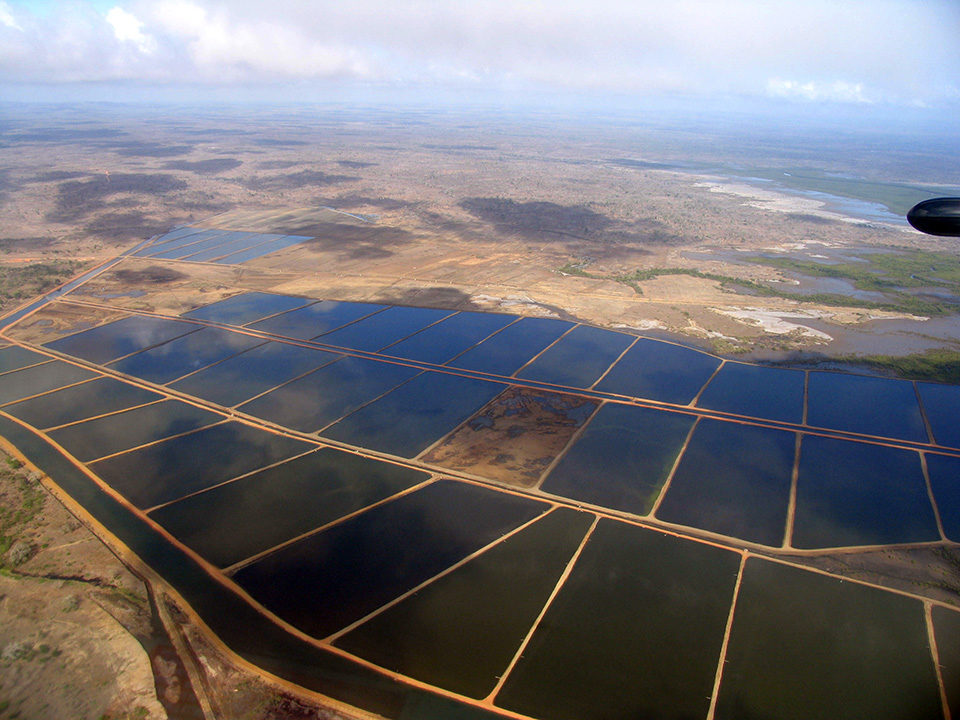
The earth absorbs energy from short-wave solar radiation, but it radiates this energy back into space as long-wave radiation. Natural atmospheric gases such as water vapor, methane, nitrous oxide and carbon dioxide trap a portion of the long-wave radiation in a manner analogous to how a greenhouse functions. The natural greenhouse effect of these gases makes the earth warmer than it would be otherwise. It is estimated that the average temperature of the earth’s surface would be 30 to 35 degrees-C lower without the natural greenhouse effect.
The carbon dioxide concentration in the atmosphere was about 280 ppm at the beginning of the industrial revolution. Since then, increased fossil fuel use, deforestation and burning of wood, and wetland destruction has disrupted the carbon cycle. Organic carbon long bound in petroleum, coal, peat and wood is converted to carbon dioxide when these substances are used as fuels.
There is less forest and wetland area to convert carbon dioxide back to organic carbon through photosynthesis, and most agricultural practices reduce the rate of organic matter accumulation in soil. Atmospheric carbon dioxide concentration has increased to 380 ppm and is still rising. Concentrations of other greenhouse gases also are increasing along with carbon dioxide.
Atmospheric carbon dioxide
The rising atmospheric carbon dioxide concentration is irrefutable, and this phenomenon is most certainly of human origin. The long-term effects of increasing concentrations of greenhouse gases in the atmosphere are less certain, but most scientists agree that global warming and climate change are resulting.
Greater carbon dioxide concentration in the atmosphere also causes a higher concentration of carbon dioxide in water bodies. Because carbon dioxide is acidic, the pH of ocean water is declining, and this could have adverse effects on many species.
Efforts to combat rising concentrations of greenhouse gases focus on measuring the contributions of human activities to global carbon emissions, assessing carbon sinks in the carbon cycle and developing methods for reducing anthropogenic carbon emissions and enhancing carbon sequestration by ecosystems.
Carbon emissions that result from the production of a few important aquaculture species have been estimated. These estimates range from less than 1 to several mt carbon/mt aquaculture product. Reduction in carbon emissions was considered by a United Nations Food and Agriculture Organization panel of experts as an essential feature in aquaculture ecolabel certification programs.
Ponds and carbon
Most fish and shrimp production is derived from pond aquaculture. Ponds accumulate organic matter in their sediments and therefore bury or sequester carbon. Knowledge of the rates at which carbon is buried in aquaculture pond sediments is important in assessing the net influence of aquaculture on the carbon cycle.
Auburn University was involved in the Pond Dynamics/Aquaculture Collaborative Research Support Program (ACRSP) supported by the United States Agency for International Development from 1982 to 2008. During this project, the author, Dr. C. W. Wood of Auburn University and Dr. Julie Queiroz of EMBRAPA, Brazil collected data on the physical and chemical characteristics of sediment cores obtained for 233 ponds used for the culture of eight species/species groups in nine countries. The average rate of organic carbon sequestration was 1.49 metric tons (MT) carbon/ha/year (5.46 MT carbon dioxide/ha/year) with a range of 0.28 to 3.33 MT carbon/ha/year (1.02 to 12.21 MT carbon dioxide/ha/year).
A recent assessment by M. C. J. Verdegem and R. H. Bosma of Wageningen University in the Netherlands revealed there are about 11 million ha of aquaculture ponds worldwide. Using ACRSP data on carbon burial rate, about 16.6 million mt of carbon are annually buried in aquaculture ponds globally. This is about half the amount of carbon sequestered by natural lakes and inland seas (Table 1). It is much less, however, than the amounts of carbon buried in river reservoirs and agriculturally eutrophic impoundments.
Boyd, Comparison of carbon sequestration, Table 1
| Water Body | Global Area (km2) | Carbon Burial Rate (mt/ha/year) | Global Carbon Sequestration (million mt/year) |
|---|
Water Body | Global Area (km2) | Carbon Burial Rate (mt/ha/year) | Global Carbon Sequestration (million mt/year) |
|---|---|---|---|
| Aquaculture ponds | 110,830 | 1.5 | 16.6 |
| Natural lakes and inland seas | 2,500,000 | 0.136 | 34 |
| Large river reservoirs | 400,000 | 4 | 160 |
| Agriculturally eutrophic impoundments | 77,000 | 21.2 | 163 |
Aquaculture ponds are managed to minimize the accumulation of organic matter from manure, feed, dead plankton and other sources. Rapid microbial degradation of organic matter is promoted through liming to avoid acidic conditions, and mechanical aeration prevents low dissolved-oxygen concentrations.
Ponds usually are drained for harvest, and recently deposited organic matter is swept from bottoms by out-flowing water. Pond bottoms usually are dried between crops to favor the decomposition of fresh organic matter from the previous crop. It is not surprising that agriculturally eutrophic impoundments and river reservoirs that are not managed to encourage organic matter decomposition are more efficient that aquaculture ponds in sequestering organic carbon.
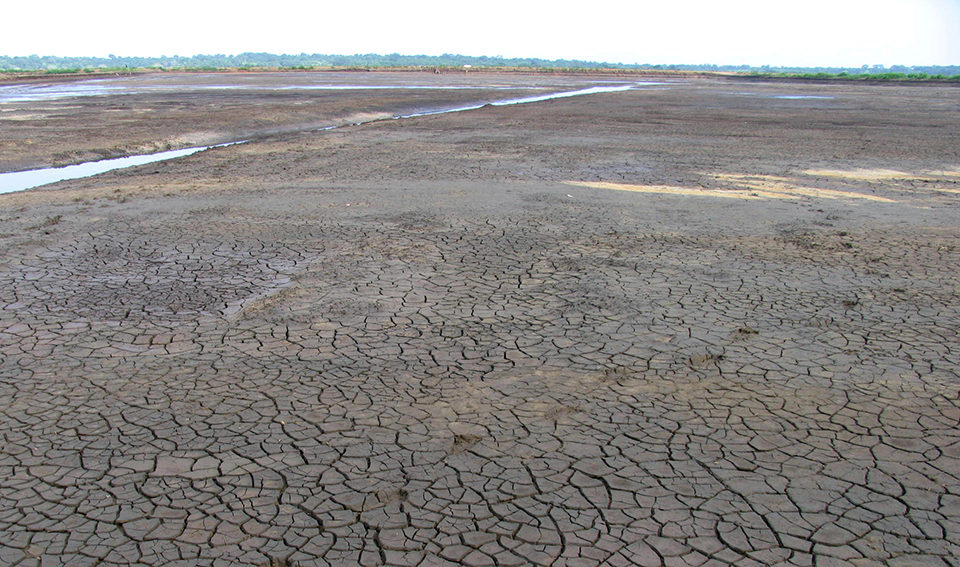
Environmental protection
Reduction of carbon emissions is a major environmental protection goal, and cap and trade programs are one way of reducing emissions. Most countries have agreed to limit carbon dioxide emissions to a specific annual quantity as part of the Kyoto Protocol linked to the United Nations Framework Convention on Climate Change. To meet their limits, countries impose annual carbon dioxide emission limitations on industries and other businesses.
In cap and trade programs, major carbon emitters are given annual carbon allowances (the cap). Some emitters may easily reduce emissions well below their caps. Emitters that find it technologically or financially impossible to comply with their caps can purchase the unused portion of another emitter’s carbon emission allowance (the trade). In addition, methods for sequestering carbon such as reforestation and conservation tillage can be used to counteract carbon emissions. Emitters also can implement carbon sequestration projects or purchase carbon sequestration capacity from projects initiated by others.
Carbon emission allowances and carbon sequestration capacity are quantified as carbon credits. One carbon credit is defined as 1 MT of carbon dioxide (0.272 MT of carbon) equivalent. Carbon’ credit “markets” such as the Chicago Climate Exchange and European Climate Exchange (ECX) facilitate carbon emissions cap and trade programs. The value of carbon credits varies with market conditions but has been as high as $20/credit on the ECX.
Potential aquaculture impacts
Aquaculture farms may eventually be considered major carbon emitters, requiring them to comply with carbon emission allowances. Carbon sequestered in ponds on an aquaculture farm could be used as carbon reduction credits against the farm’s carbon emissions. Net carbon sequestration capacity for farms where carbon sequestration exceeds carbon emissions could be sold to other emitters as carbon reduction credits.
Large farms might have sufficient pond area to sequester enough carbon for participation in carbon cap and trade programs. It might also be possible to arrange many small farms into a carbon sequestration project large enough to participate. Documentation of the carbon sequestration rate of farms also would be useful in aquaculture certification programs.
It may prove beneficial in some instances to alter aquaculture production methodology to favor carbon sequestration. For example, instead of discharging unconsolidated sediment from earthen ponds or sludge from plastic-lined ponds into natural water bodies, it is possible to retain this material in sedimentation basins or dispose of it by incorporating it into agricultural soils, resulting in carbon burial. Such practices could lead to valuable annual carbon reduction credits and improve both the environmental and economic performance of aquaculture operations.
Editor’s Note: GAA’s Best Aquaculture Practices certification program is evaluating how best to address carbon footprint in the BAP standards. Because this is an emerging science without clear metrics for many potential sources of carbon emissions, it is difficult to apply on a practical level at most farms. A likely approach is for BAP standards to initially require collection of key carbon footprint data while it defines appropriate methods for a more comprehensive analysis.
(Editor’s Note: This article was originally published in the March/April 2010 print edition of the Global Aquaculture Advocate.)
Now that you've reached the end of the article ...
… please consider supporting GSA’s mission to advance responsible seafood practices through education, advocacy and third-party assurances. The Advocate aims to document the evolution of responsible seafood practices and share the expansive knowledge of our vast network of contributors.
By becoming a Global Seafood Alliance member, you’re ensuring that all of the pre-competitive work we do through member benefits, resources and events can continue. Individual membership costs just $50 a year.
Not a GSA member? Join us.
Author
-

Claude E. Boyd, Ph.D.
Department of Fisheries and Allied Aquacultures
Auburn University
Alabama 36849 USA
Tagged With
Related Posts
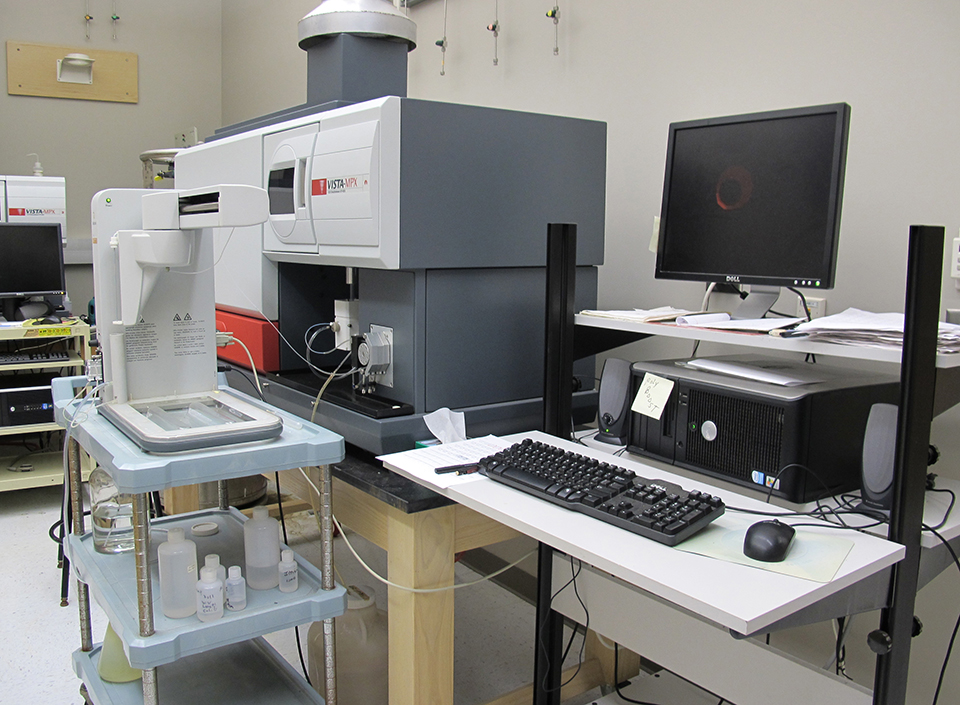
Responsibility
Accuracy of custom water analyses varies
The reliability of trace element analyses reported by custom laboratories cannot be checked by simple techniques, and results may not always be accurate. One should check the reliability of major ion analyses by determining the charge balance and comparing the measured total ion concentration with the total ion concentration estimated from conductivity.
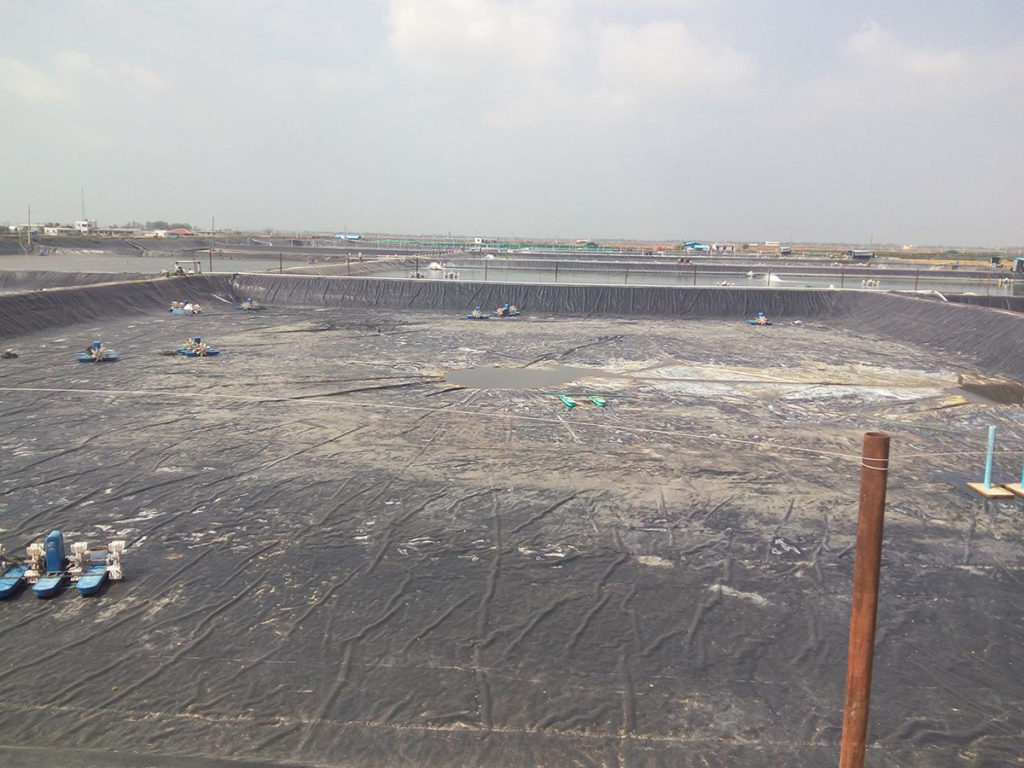
Responsibility
Appraising pond liners for shrimp culture
The use of plastic-lined ponds by shrimp farmers can significantly improve production efficiency, support more production cycles per year, and higher mechanical aeration rates and stocking densities. The capital cost of lining ponds can be very significant, so a thorough feasibility analysis is recommended when considering this production tool.
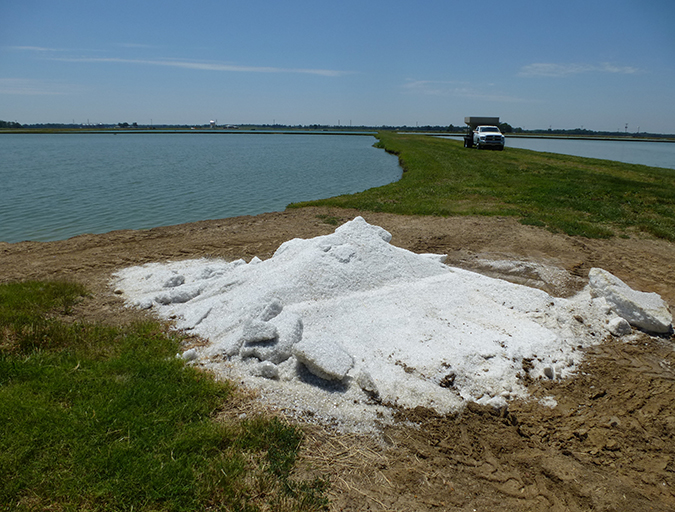
Health & Welfare
Common salt a useful tool in aquaculture, part 2
The preventive use of common salt (sodium chloride) by commercial producers of freshwater fishes has many benefits, including helping with the routine prevention of losses due to diseases, stress and mishandling during transport, harvesting, grading, counting, weighing and induced spawning.
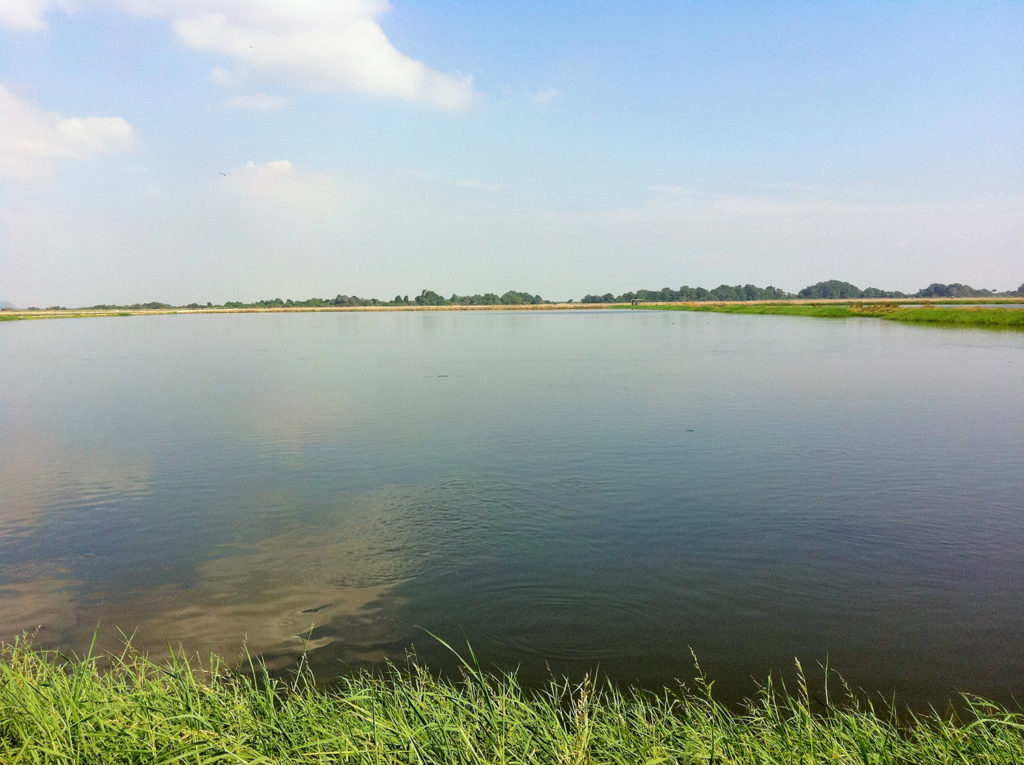
Responsibility
Constantly changing pH unavoidable, completely normal
Prof. Claude Boyd discusses the importance of pH for farmed fish and shellfish, the normal and natural fluctuations and how aquaculture systems can manage it.


